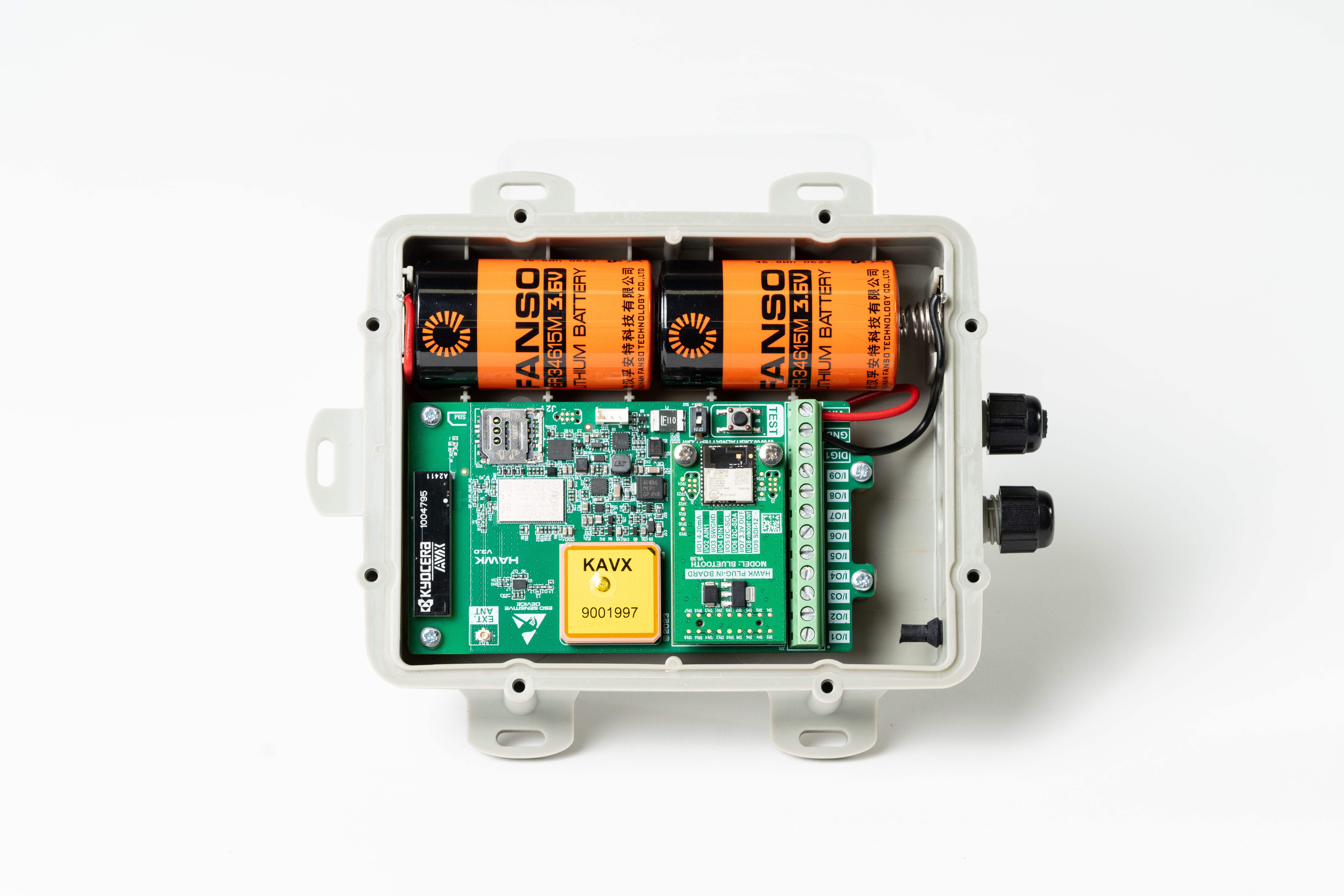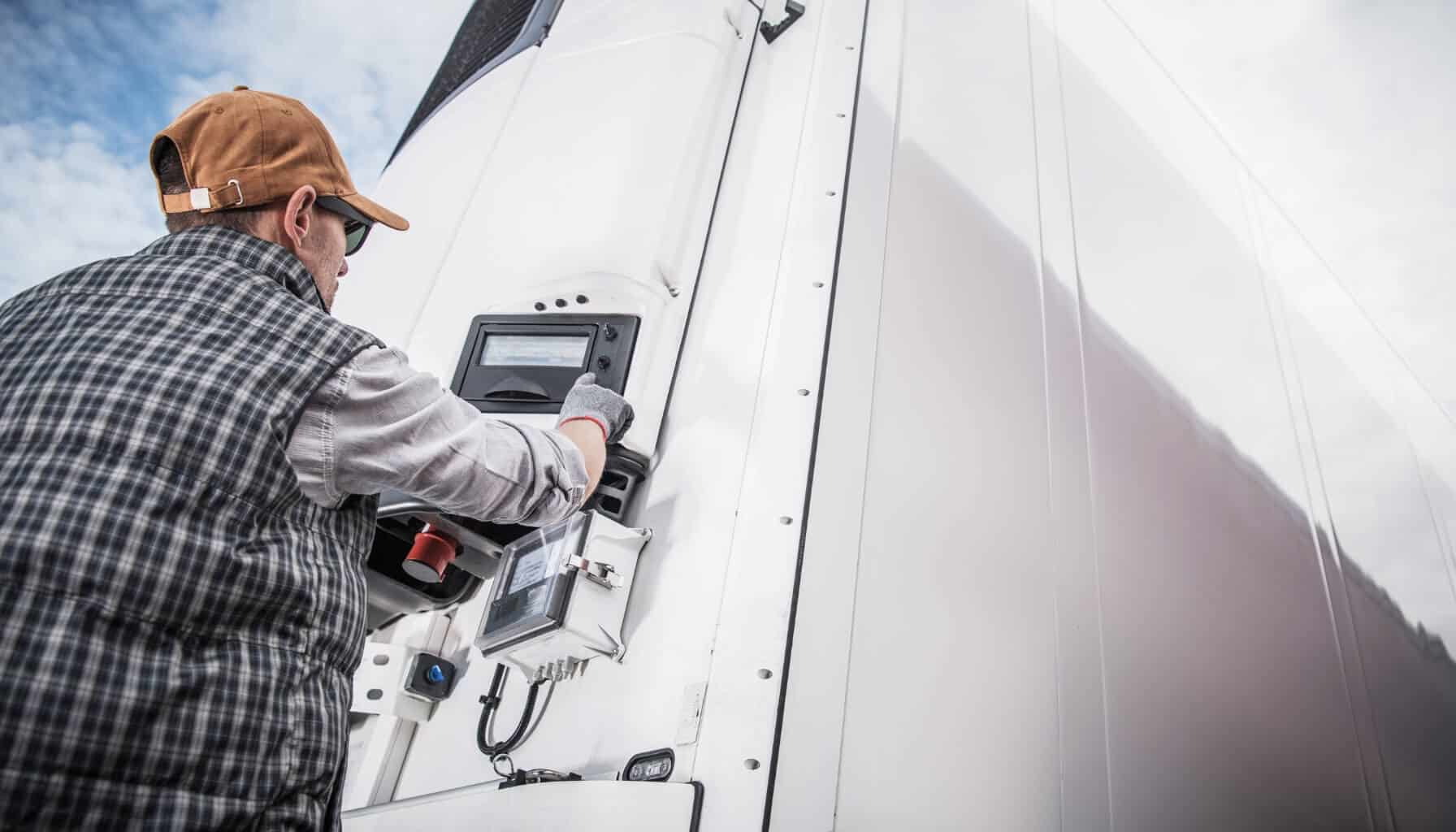Pump Control and Management with Remote Sensors

Our mission is to help businesses connect, protect, and derive more value from their assets. As a leading global innovator, developer, and supplier of IoT solutions, we drive continuous innovation to enable our partners to deploy confidently at scale worldwide.
.jpg)
Key Takeaways
- Remote pump monitoring for operational efficiency: Monitoring flow, pressure, temperature, and tank levels through remote sensors supports real-time pump control, reduces manual oversight, and minimizes downtime across industries like water treatment, agriculture, and mining.
- Automated response and control using sensor data: When integrated with data loggers, sensor systems can automate pump activation based on preset conditions, optimizing resource use, preventing equipment failures, and maintaining consistent system performance.
- Hawk data logger support for pump systems: The Hawk enables scalable pump monitoring with rugged hardware, configurable I/O cards, and compatibility with various sensor types, facilitating real-time diagnostics, early fault detection, and effective pump control in harsh or distributed environments.
How Does Pump Management Work?
Pump management involves the systematic monitoring and controlling of pump operations to maintain optimal performance and reliability. A remote pump monitoring system can autonomously perform actions such as turning pumps on or off based on sensor data, which helps optimize resource usage and reduce waste.
For instance, in a water treatment facility, when a water tank reaches a certain level, the system can automatically activate or deactivate the pump to maintain the desired water tank levels. This prevents underflow or overflow, ensuring efficient use of water resources and no disruption to operations.
For pump management to be effective, sensors need to be intentionally placed to monitor various parameters, including flow rate, pressure and temperature. The data from the sensors is collected by a device like a data logger, which then processes and sends the data to a cloud-based platform. This allows for remote access of the data, providing near real-time insights into the pump's performance. The remote access ensures that prompt responses can be made, maintaining efficiency and reliability.
Importance of Pump Management
Efficient and reliable pump management allows for near real-time monitoring and control, reducing downtime, preventing failures, and optimising energy use. This leads to cost savings, enhanced system performance, and improved overall productivity.
Water Treatment
Ensures efficient water flow and pressure, reducing energy consumption. Precise control over pumps helps maintain the quality of water and makes sure the treatment process is energy-efficient and effective. By leveraging automation, water utilities can minimise manual intervention and streamline operations.
Agriculture
Manage irrigation systems, optimizing water usage and increasing crop yield. Accurate pump control measures ensure that crops receive the correct amount of water, reducing waste and improving crop health.
Manufacturing
Monitor cooling systems to maintain optimal production conditions. Efficient pump management in cooling systems prevents overheating, ensuring that manufacturing processes run smoothly without interruptions. Monitoring helps quickly determine when adjustments are needed to maintain consistent flow and temperature levels.
Oil and Gas
Ensure safe and efficient operation of pumps used in extraction and refining processes. Proper pump control maintains the integrity of the system, preventing environmental risks and ensuring regulatory compliance.
Mining
Manage dewatering systems to prevent flooding and ensure safe mining operations. Reliable pump control systems remove excess water from mining sites, improving safety and operational efficiency. With constant status updates, operators can make informed decisions and keep production moving smoothly.
Real Time Pump Management
A data logger is an important component of remote pump control management because it records and communicates information from various sensors. The Hawk data logger can be used to remotely manage and monitor pumps, offering:
-
Ultra-Rugged Design for Longevity: The Hawk's durable design ensures it withstands harsh environments, providing reliable performance over time. Whether in a factory, agricultural field, or remote mining site, the Hawk's design ensures long-term operation.
-
Customizable I/O Cards: The Hawk offers customizable I/O cards, allowing for flexibility in connecting various sensors and adapting to specific application requirements. This adaptability means the Hawk can be used in a variety of settings, tailored to specific needs.
-
Near Real-Time Monitoring: The Hawk enables near real-time data transmission, ensuring timely insights and quick responses to any anomalies. This feature prevents potential issues before they escalate, ensuring continuous and efficient pump operation.
The Benefits of Effective Pump Management
Effective pump management can enhance operational efficiency, reduce costs, and improve safety across various industries. By leveraging a remote pump monitoring system, operators gain real-time monitoring capabilities that allow them to detect issues early, respond quickly, and avoid costly downtime. Integrated automation ensures pumps operate only when needed, optimising energy use and reducing wear and tear.
Precise pump control also enables consistent system performance, prevents overflows or dry runs, and supports regulatory compliance, making operations smoother, smarter, and safer.
Compatible Pump Management Sensors
The Hawk is designed to be compatible with a variety of sensors, making it a versatile solution for pump management applications.
Common sensors utilized for remote pump management include the following. Please note these are suggestions, not recommendations:
Flow Sensor
-
Apure LZB-VA/FA: Accurately measures liquid flow rate for pump efficiency, and uses a 4-20mA interface.
Pressure Sensor
-
WNK8010-TT: Measures pressure within the pump system, ensuring optimal performance. It uses a 4-20mA interface.
Temperature Sensor
-
DS18B20: This digital temperature sensor provides accurate readings and uses a 1-Wire interface.
Level Sensor
-
VEGA VEGAPULS 64: Measures liquid level in tanks or reservoirs to prevent overflow or dry-run situations, utilizing a 4-20mA interface.
-
Digital Matter Barra Radar: Lowcost Bluetooth Radar Sensor powered by 2x AA batteries. Manufactured and designed by Digital Matter, and easily configurable via a mobile app.
For a comprehensive list of compatible sensors, please visit our Hawk-compatible sensors page.

Improve Performance with a Remote Pump Monitoring System
An effective pump management system is vital for achieving optimal performance, minimizing operational interruptions, and lowering maintenance expenses. With advanced monitoring and control capabilities, organisations can maintain peak efficiency in their pumping systems, leading to enhanced productivity, significant energy savings, and improved reliability over time.
The Hawk's versatility allows for flexible, remote pump management across various sectors. Learn more about how the Hawk or contact us to discuss your pump control requirements.


.png)




